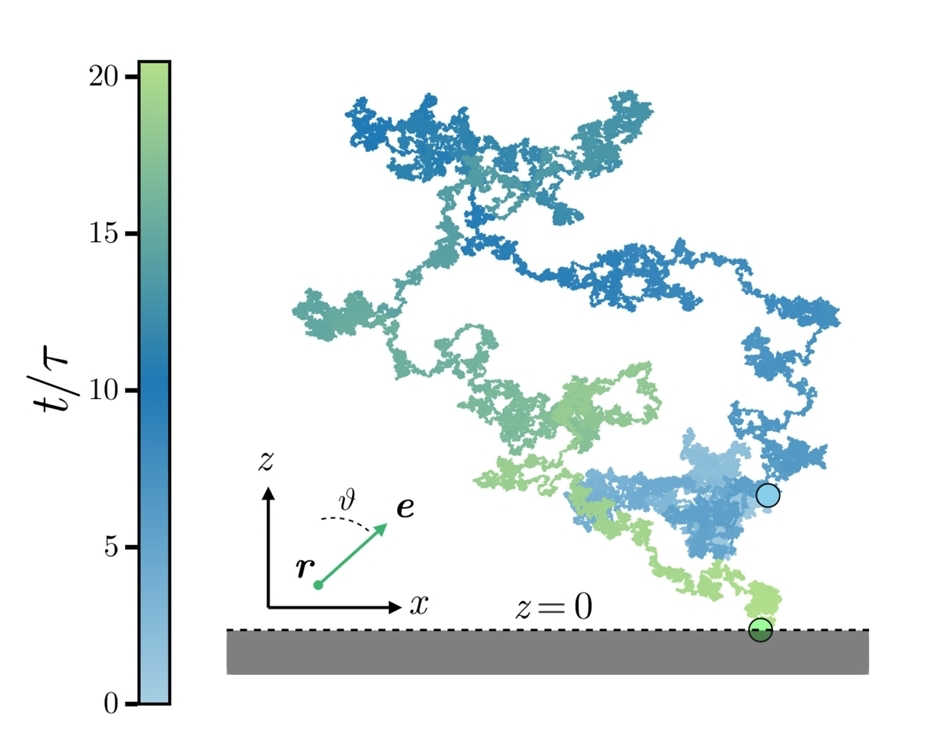AA << present numerical simulations investigating the evolution of liquid droplets into baglike structures in turbulent airflows. The droplet bag breakup problem is of significance for many multiphase processes in scientific and engineering applications. Turbulent fluctuations are introduced synthetically into a mean flow, and the droplet is inserted when the air-phase turbulence reaches a statistically stationary state. The morphological evolution of the droplet under different turbulence configurations is retrieved and analyzed in comparison with laminar aerobreakup results. While the detailed evolution history of individual droplets varies widely between different realizations of the turbulent flow, common dynamic and morphological evolution patterns are observed. >>
<< The presence of turbulence is found to enhance the drag coefficient of the droplet as it flattens. At late times, the droplet becomes tilted and increasingly corrugated under strong turbulence intensity. (AA) quantify these phenomena and discuss their possible governing mechanisms associated with turbulence intermittency. >>
<< Lastly, the influences of liquid-gas viscosity ratio are examined and the implications of air-phase turbulence on the later bag film breakup process are discussed. >>️
Kaitao Tang, Thomas A. A. Adcock, Wouter Mostert. Droplet bag formation in turbulent airflows. Phys. Rev. Fluids 10, 033604. March 19, 2025.
Also: drop, droplet, droploid, turbulence, fluctuations, intermittency, in https://www.inkgmr.net/kwrds.html
Keywords: gst, drop, droplet, droploid, turbulence, fluctuations, intermittency


